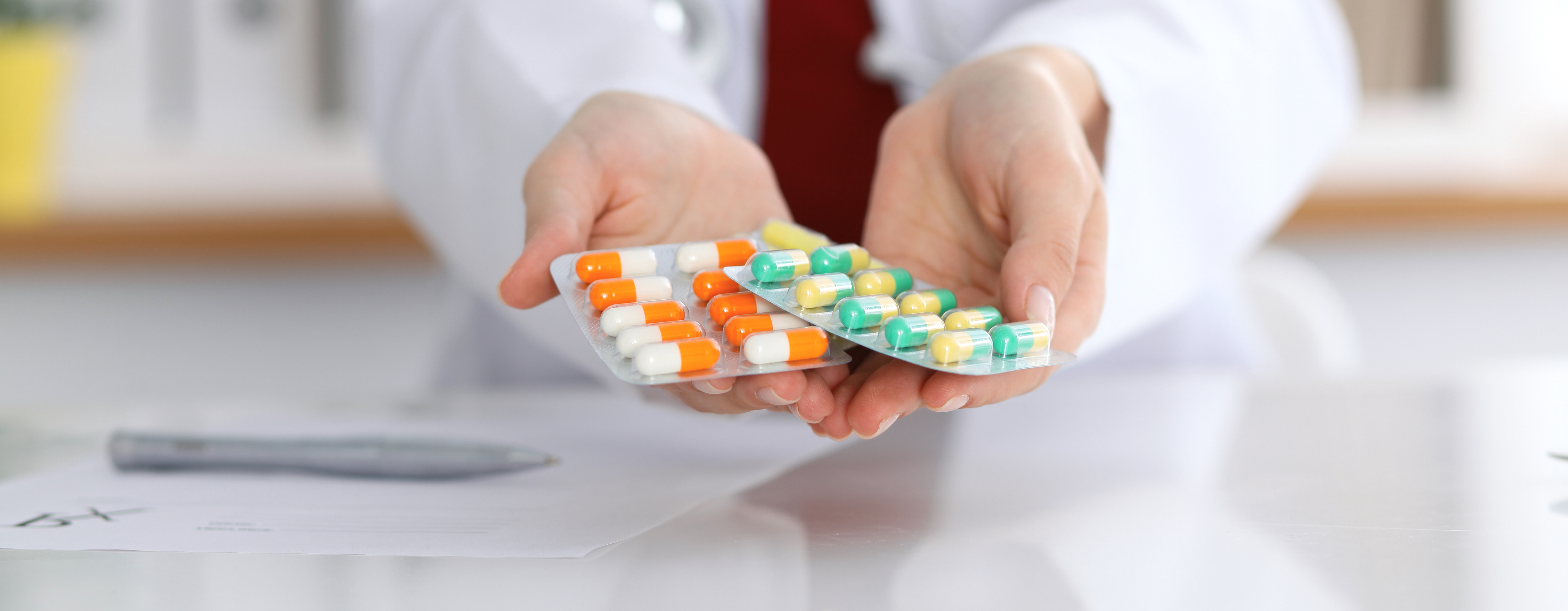Customer convenience has become a top priority in the food and consumer healthcare packaging industries today. Following this trend, pharma industries have also adopted new packaging techniques for drug packaging. Let’s see some of the key packaging trends that are driving the growth of the pharma packaging industry and, at the same time, redefining the customer experience of packaging.
Child-resistant (CR) and senior-friendly packaging
Almost all pharmaceutical products require packaging that is both CR and senior-friendly, which represents a tricky challenge for a packaging scientist. Packaging that is difficult for children to open will also be difficult for elderly people to open; therefore, the packaging design must be suitable for both these types of patients. An innovative CR form is the “press-to-engage” resealable sliders; these are difficult for children under five years of age to open but easy for adults. Another form is a special blister lidding foil that needs a targeted push-through motion instead of the usual peel tabs. This is senior-friendly, and the total packaging volume is smaller than that of the traditional peel-push or peelable blister cards. To create a better alternative to hard-to-peel CR packaging, paper-based lid foil, a new CR peel-push lid foil, was developed; it can be printed in seven colors to facilitate branding on the packaging. As this new foil does not contain a paper layer, it offers better protection against moisture absorption and increases the shelf life of the product. Another type of CR packaging is a unique folding carton with die-cut slots on the flap at one end that aligns with die-cut tabs present on the inner wall of the carton to lock the flap in the correct place. A die-cut key is present on the carton’s external panel. The key slides into the slots and pushes down the tabs to release the end flap.
Anti-counterfeit packaging
Counterfeit drugs have emerged as a global problem, resulting in wasted money, damage to the reputation of branded drugs, and, most importantly, severe risks to patient health. Advances in technology have also fueled the growth of the counterfeit drug market. Most of these counterfeit medicines mimic the original drugs so well that it has become almost impossible for a customer to identify the authentic medication. As packaging is a key element in the production of counterfeit medicines, it has taken center stage in the fight against counterfeit medicines. The pharmaceutical industry has employed an array of techniques to prevent the counterfeiting of drugs, which includes micro-text, debossing and embossing, customized varnishes, holographic materials, tamper-evident stickers, RFID (Radio Frequency Identification), customized graphics, and fonts. Digital watermarks may also be used on the packaging. These include invisible data encoded in the form of graphic elements that are verified by special software, with devices such as webcams, mobile phones, or other scanning equipment used to capture the data. The degradation of the embedded data indicates that there have been attempts to reproduce the data.
A more robust method to combat counterfeiting, which has been adopted by almost all countries worldwide, is serialization and track & trace. Most countries have made the serialization of pharmaceutical products a mandatory process and have introduced strict regulations to monitor and streamline the authentication process. Serialization involves the generation of a unique barcode for each product by the manufacturer/technology provider, which is then entered into a common database. At the time the product is dispensed, the unique code is verified against the code stored in the database. If the code matches, the product can be considered as a genuine product.
Packaging to improve patient adherence and dose administration
Extensive progress has been in blister packaging to facilitate patient compliance. One example is a kit containing 14 daily-dose blister cards to help the patient follow a multi-pill frequent-cycle therapy to treat Helicobacter pylori infection, with each blister card divided into four doses. Another type of blister packaging includes a 28-count blister card within a dispenser. One further example of novel blister card compliance packaging is the wallet pack, which positions a blister card in a paperboard folder.
Similar efforts have been made to improve patient compliance for liquid formulations. One example is the packaging of an injectable in dry powder form along with water for injection to facilitate the reconstitution of the formulation and quick administration by the healthcare provider. In the case of a liquid dosage formulation intended for use in pediatric patients, an appropriate graduated dispensing device is also included for the correct measurement of dose. Devices such as cups, calibrated spoons, and droppers can be used for dosing. However, oral syringe has emerged as the most popular option, because it provides an accurate measurement of the administered dose.
It is clear that development of packaging that suits the customers’ needs has provided strong motivation for pharmaceutical manufacturers to produce innovative packaging designs and that this trend is only going to increase in the days to come.

